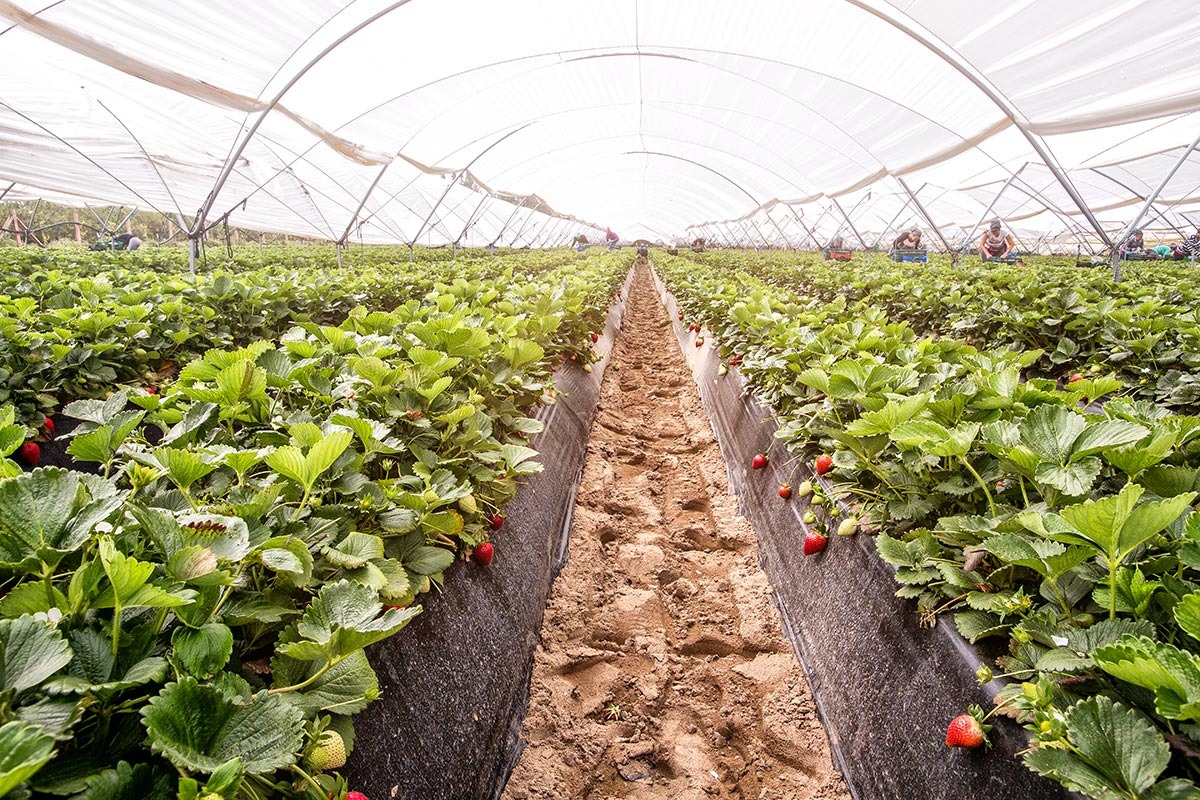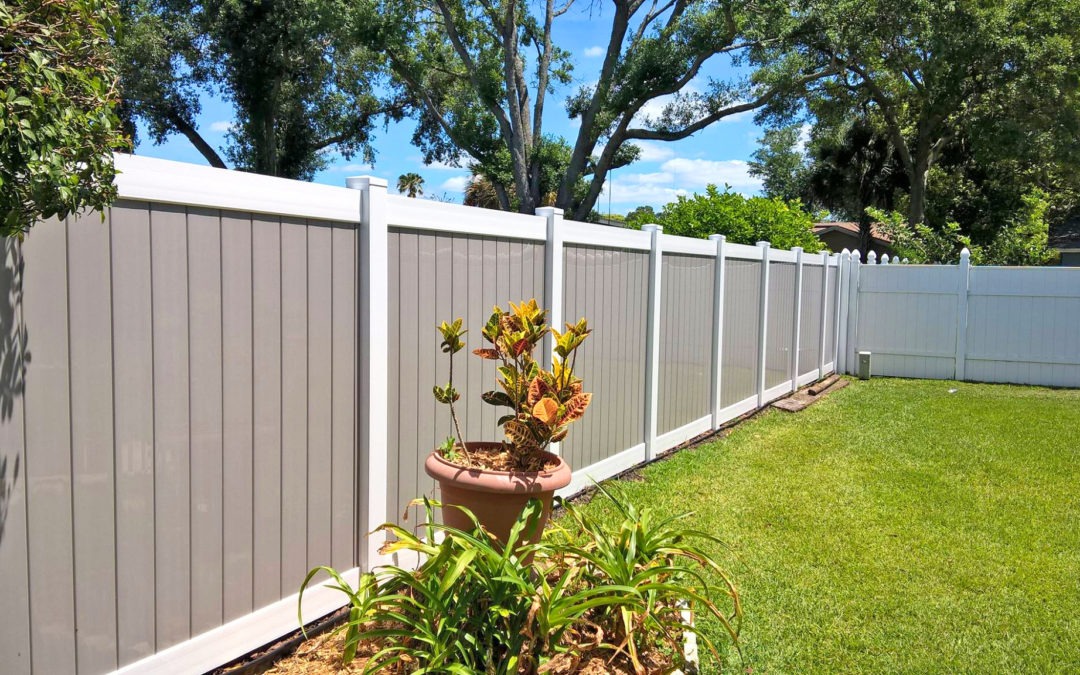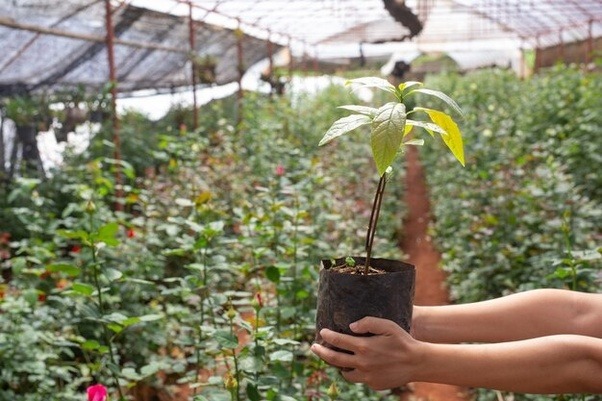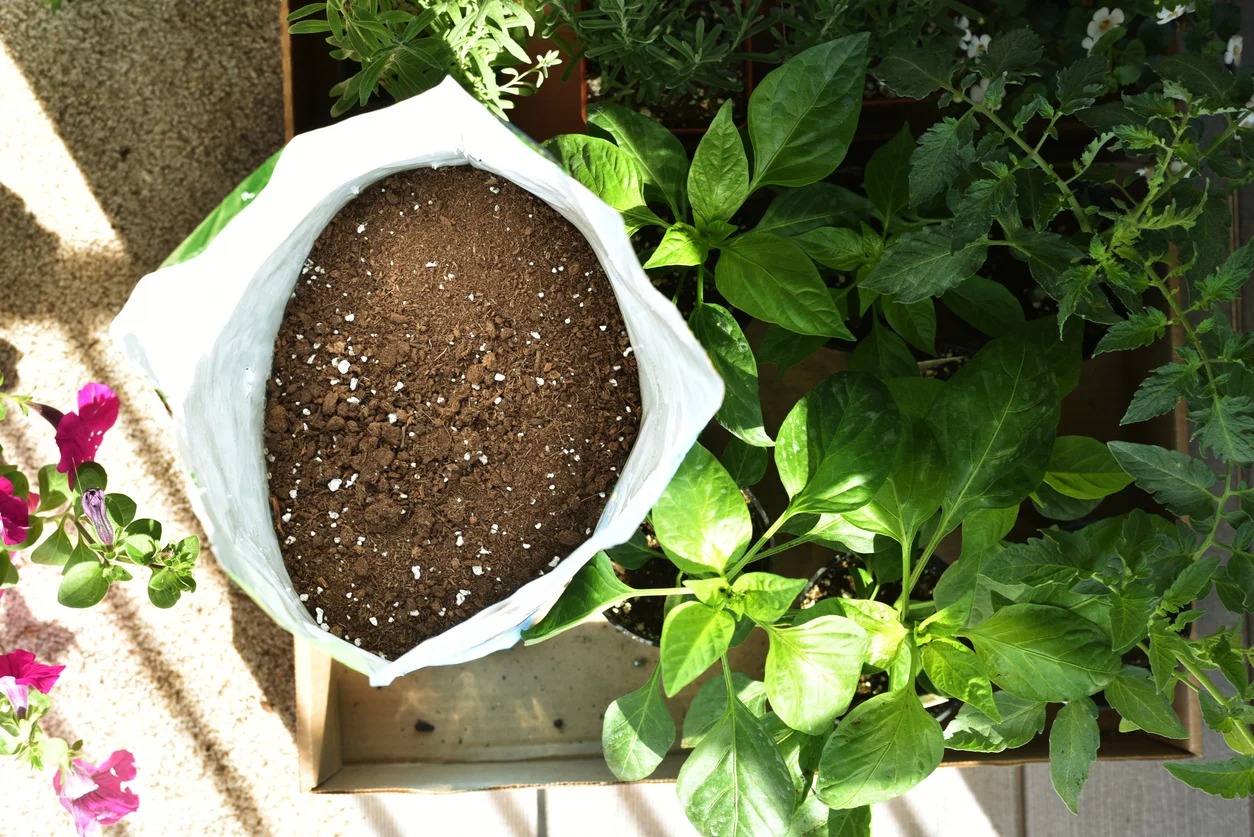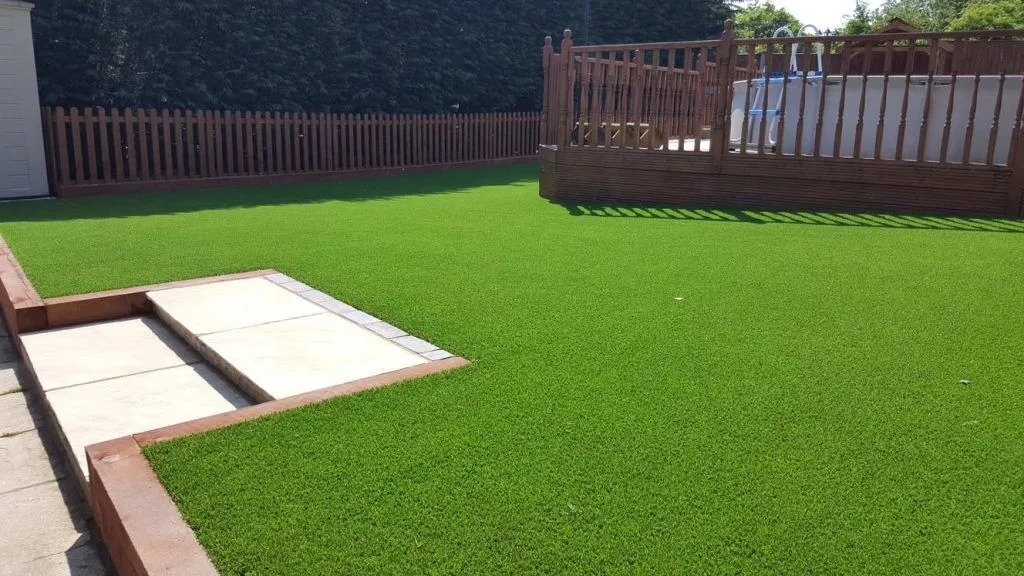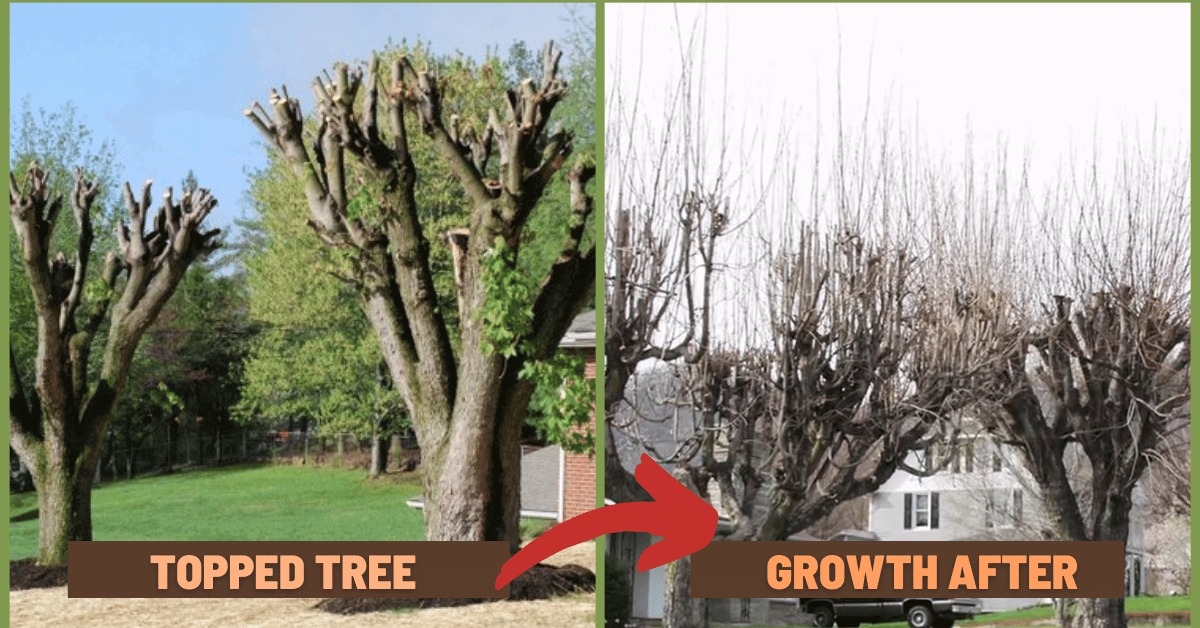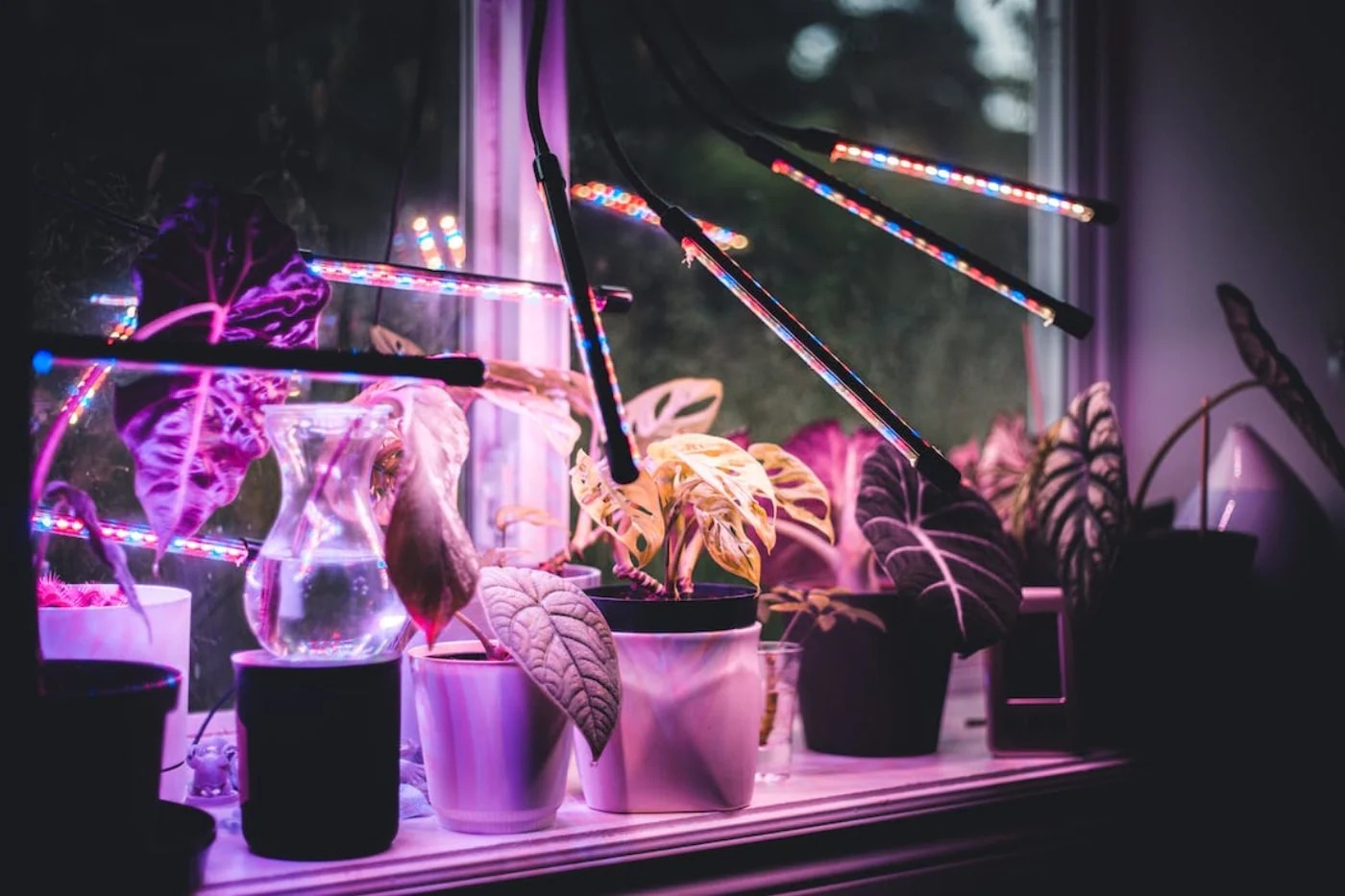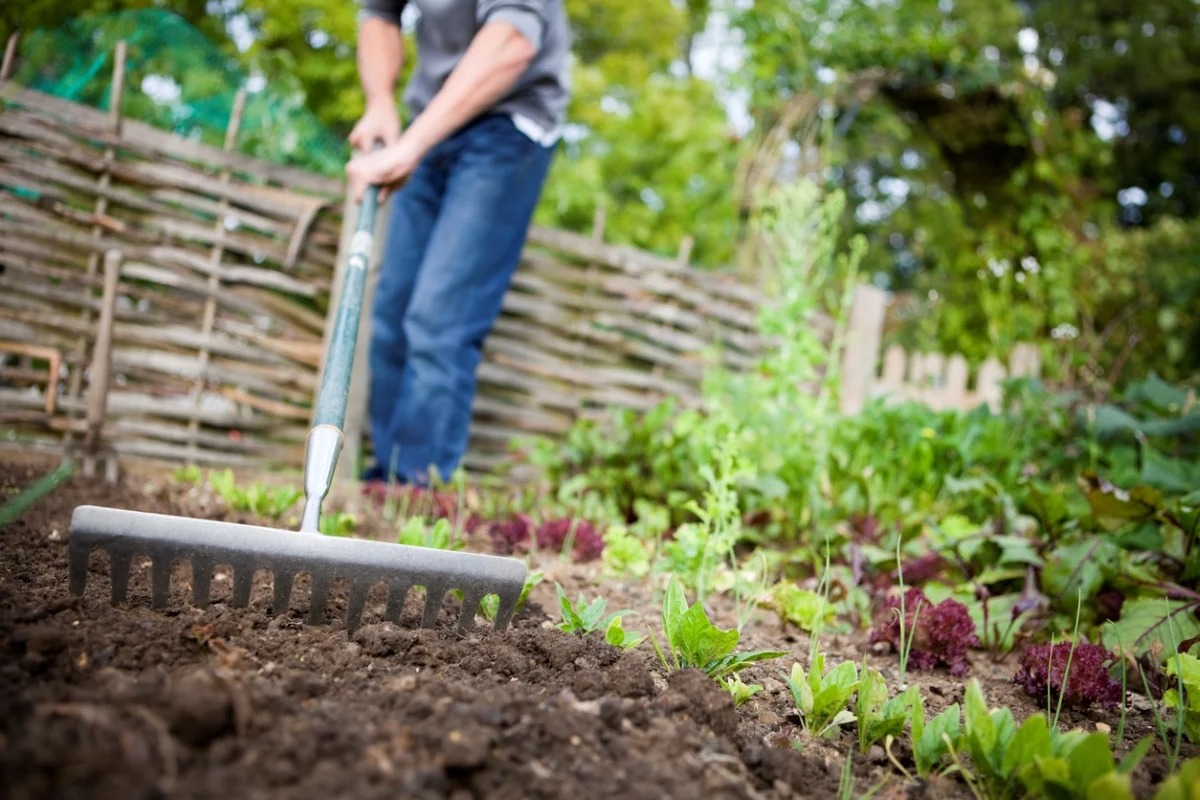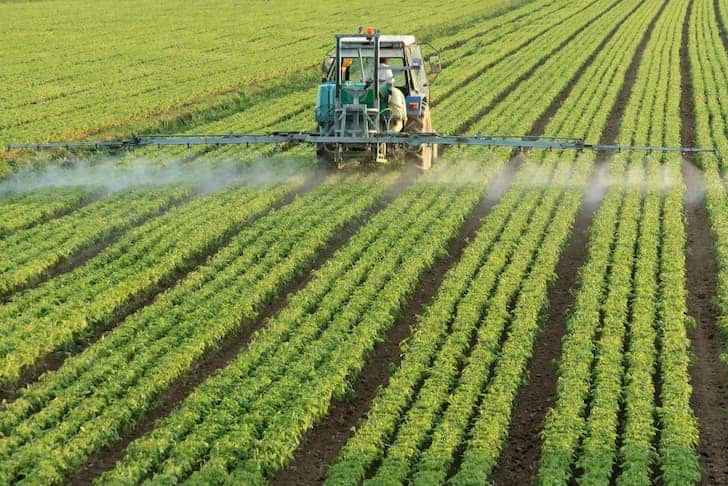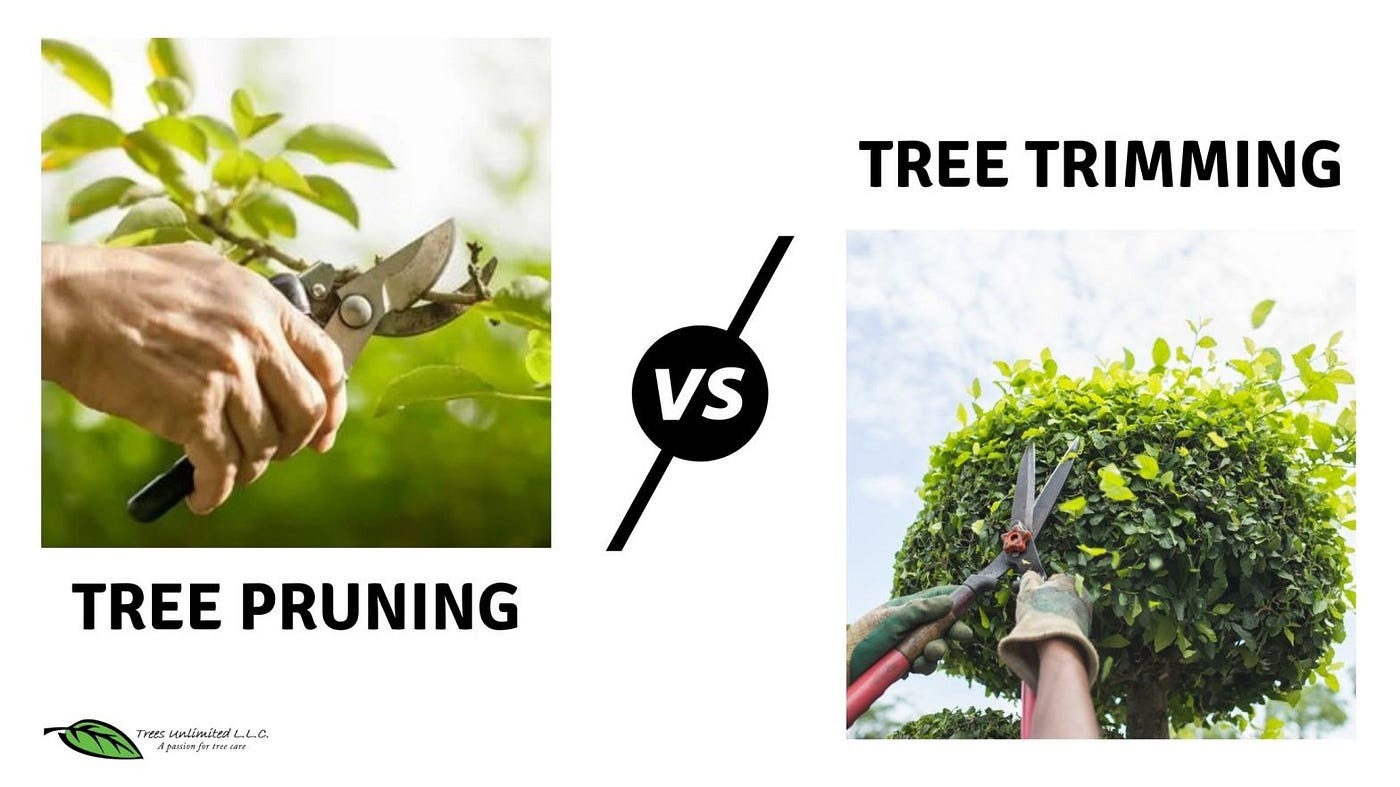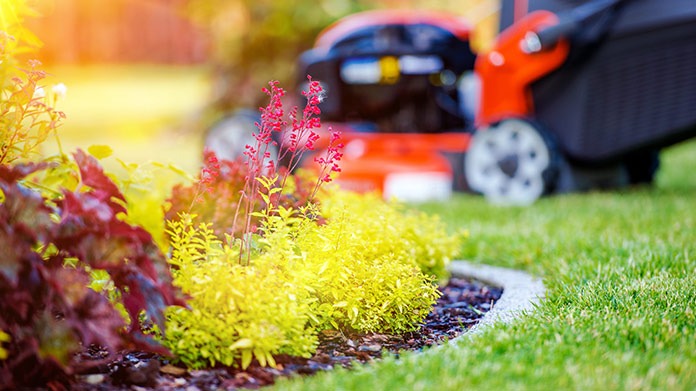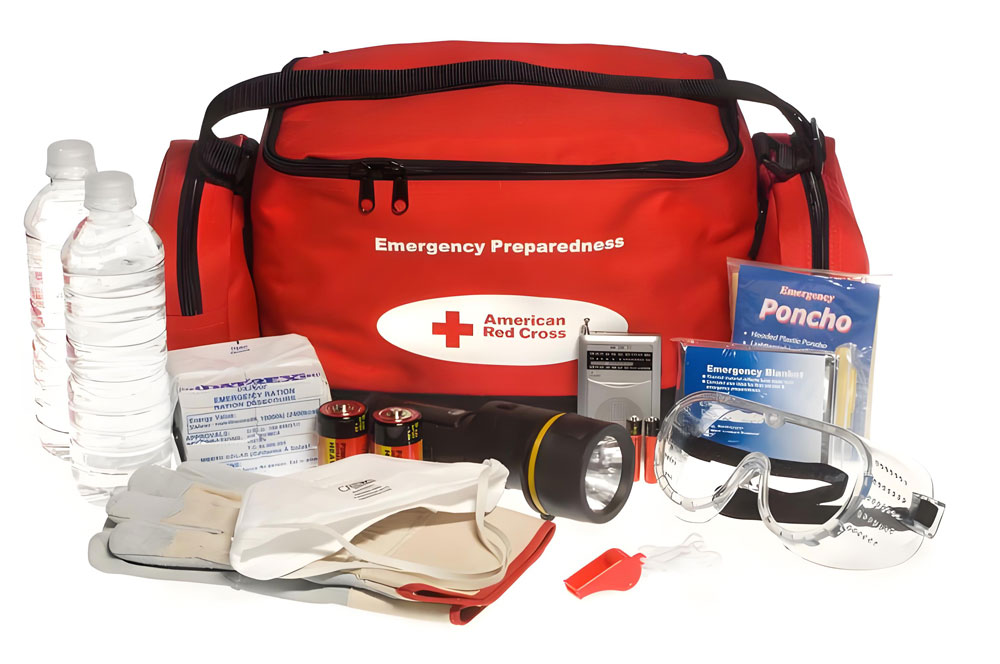
Disasters can happen at any time and any place, catching us off guard and leaving us unprepared. However, having a first aid kit ready can make a huge difference in case of an emergency. Whether it’s a natural disaster, a car accident, or a minor injury, an effective first aid kit can give you peace of mind and potentially save lives. In this blog post, we will guide you through the process of building an effective first aid kit that will suit your needs and keep you prepared for any emergency.
Choose a Container
The first step in building an effective first aid kit is to choose the container. This can be a plastic container, a tackle box, a backpack, or any other container that is waterproof and easy to carry. The container should have enough space to hold all the necessary items, and it should be easy to open and close. You can also consider adding a label on the container with a list of contents, to make it easier to find what you need in case of an emergency.
Stock Up on Basic Supplies
The next step is to stock up on basic supplies. These include bandages, adhesive tape, gauze pads, scissors, tweezers, antiseptic wipes, and gloves. You can find these supplies at any drugstore or supermarket, and it’s important to choose high-quality items that will last long and provide effective treatment. You can also consider purchasing a pre-made first aid kit and adding additional supplies to it.
Customize for Your Needs
The third step is to customize the first aid kit for your specific needs. You can add medications, such as pain relievers, allergy medication, and antidiarrheal medication. If you have a chronic medical condition, such as asthma or diabetes, you should include any necessary supplies, such as an inhaler or glucose monitor. If you live in an area prone to natural disasters, such as hurricanes or earthquakes, you should add emergency supplies such as a whistle, flashlight, and emergency blanket.
Check and Update Your Kit Regularly
The fourth step is to check and update your first aid kit regularly. Make sure that the supplies haven’t expired, and replace any used or missing items. You should also review the contents of your kit every year and revise your needs or update the kit itself. A well-maintained first aid kit is the key to being prepared for any emergency.
Educate Yourself
Finally, it’s important to educate yourself on first aid procedures and emergency response. Consider taking a first aid course or researching online for guidance on how to administer first aid in different situations. Knowing what to do in an emergency can make all the difference in the outcome, and can help you remain calm and focused during a stressful situation.
Natural disasters, accidents, and medical emergencies can occur anytime, anywhere, and to anyone. Having an effective first aid kit on hand can help you treat injuries and illnesses until medical help arrives, making it an essential emergency preparedness measure. In this blog post, we will guide you through the essential steps for building an effective first aid kit that suits your needs.
Step 1: Determine the Purpose of Your Kit
The first step to building an effective first aid kit is to determine its purpose. Will you use it for everyday emergencies, camping trips, or natural disasters? The contents of your kit will depend on its purpose. If you plan to take your kit on outdoor adventures, you will need to include items such as insect repellent and sunscreen. On the other hand, if you live in an earthquake-prone area, you will need to include tools that help you free trapped people, such as a crowbar or a saw.
Step 2: Determine the Essentials
Now that you know the purpose of your kit, you will need to determine the essentials that you must include. The first step in determining the essentials is to consider the injuries and illnesses that you may encounter. For example, you may need different items in a kit for a sprained ankle than in a kit for a laceration. Some of the essential items that you should include in your kit are sterile gauze pads, adhesive bandages, antiseptic wipes, tweezers, and pain relievers.
Step 3: Add Additional Items
After you have included the essential items in your kit, you should consider adding additional items that may come in handy. For example, you may want to include a flashlight if you plan to take the kit on outdoor adventures. Other additional items that you may want to include are disposable gloves, a face shield, or a sling.
Step 4: Store the Kit Correctly
Once you have assembled all the items, you must store the kit correctly to ensure that the items remain in good condition. You should store the kit in a cool, dry place away from direct sunlight. Make sure that you store the kit out of the reach of children and pets. Some items, such as adhesives, can lose their effectiveness if stored in extreme temperatures, so make sure you abide by the instructions on the packaging.
Step 5: Keep the Kit Updated
Finally, you should keep your kit updated to ensure that you have all the items you may need in an emergency. Check your kit regularly to make sure that no items have expired or need replacing. It is also important to update your kit with any additional items that may be necessary, depending on the season or your location.
Conclusion: In conclusion, building an effective first aid kit requires careful planning and attention to detail. By choosing the right container, stocking up on basic supplies, customizing the kit for your needs, regularly checking and updating the kit, and educating yourself on first aid procedures and emergency response, you can be prepared for any emergency. A well-stocked first aid kit can help reduce the impact of an injury, save lives, and provide you with peace of mind in case of an emergency. Don’t wait until it’s too late – start building your first aid kit today and stay prepared for anything that may come your way.
Building an effective first aid kit is essential for emergency preparedness. The contents of your kit will depend on the purpose of the kit and the injuries and illnesses you may encounter. Make sure that you include essential items such as sterile gauze pads, adhesive bandages, antiseptic wipes, tweezers, pain relievers, and add additional items depending on your needs. Store the kit correctly and keep it updated to ensure its effectiveness, and also ensure that everyone in your family knows where it is stored. Remember, a well-stocked, properly maintained first aid kit can make all the difference in an emergency.








